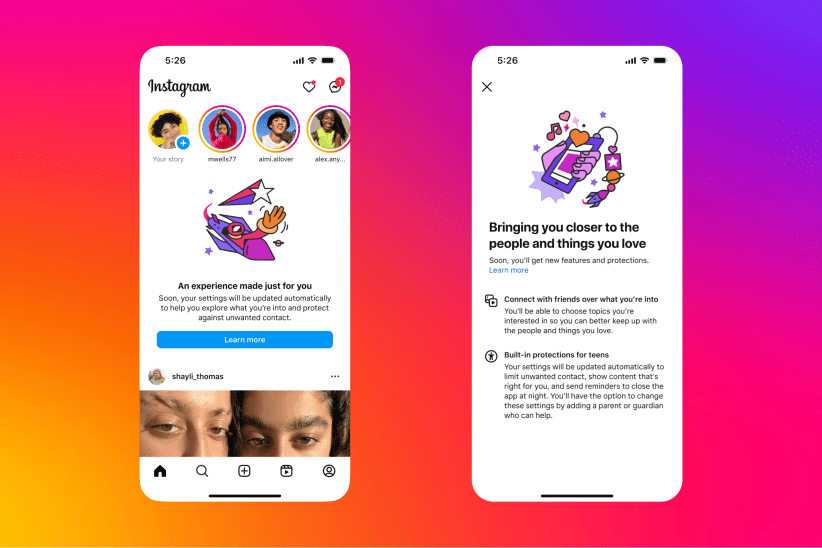Summer vacation photos used to mean snapshots of kids posed in front of landmarks or goofing around with cousins at a family reunion. Only a decade ago, parents knew exactly what photos their kids took — if only because the camera was family property and parents had to pay to have the photos developed.
Now that cameras are embedded in most cellphones, children can take — and distribute — photos without any consultation with parents. As a result, many young people already have embarrassing and potentially risky photos posted on social networking sites and stored in the cellphones of friends — and even strangers. During the summer, when some kids are bored and less supervised, the odds of making mischief with a camera increase.
The thought that some of a child’s vacation photos might be provocative — or even nude — is understandably distressing to parents. Teens, however, aren’t as appalled as they ought to be. One in four teens has participated in “sexting” and even more have seen or forwarded photos. Both genders are involved, though girls suffer disproportionate consequences because boys rarely store or forward photos of naked boys.
Technology that will allow parents to preview photos before children send them is likely to be available by the end of the year. For this summer, parents will have to talk — often — about what kinds of photos kids are allowed to take and share.
Here’s what you need to know:
• Start young. Middle school students seem to be at especially high risk for sexting, perhaps because they are just discovering their own sexual feelings and they crave the attention of the opposite sex. Girls, in particular, may consider using an intimate photo as a way of showing boyfriends how much they care. In one of the most thorough studies of sexting to date, researchers from the Crimes against Children Center at the University of New Hampshire pointed out that a large proportion of the pictures involved in sexting are taken and sent voluntarily by children as young as 9.
• Have repeated conversations. Young people are growing up in a highly sexualized culture. The message that sexting is cool comes from music videos, and even an ad that aired in last year’s Super Bowl. Pornographic images are less shocking because they are so readily available online. Most young people have seen, or at least heard about, sexual photos of their peers, so they often start with a “no-big-deal” attitude. Parents will need to talk about this topic often to convince them otherwise. Lectures are pointless. Instead, take advantage of news reports about sexting to start open-ended conversations.
• Predict consequences. Adolescents are not developmentally ready to think carefully about how today’s impulse may lead to future problems. They need adults to help them anticipate potential difficulties created by sexual photos. Talk your child through various scenarios. If a relationships breaks up, how will the partners feel about sexy pictures they’ve sent to each other? How will they feel if the photo gets forwarded to one person, or 1,000 people, or 10,000 people? What if a pedophile gets hold of the picture and puts it on a website? What if the photo is seen by the principal at school, the pastor at church, younger siblings, or older relatives? Making these consequences vivid makes it less likely that a teen will impulsively send a compromising photo.
• Explain legal issues. Sending sexual photos of someone under 18 fits the legal description for distribution of child pornography. Police and prosecutors vary a great deal in how stringently they enforce the law. As a result, many teens don’t understand the legal risk they incur if they press “forward” on a racy picture. Be sure your child knows that some young people have been prosecuted and labeled as sex offenders, a designation that can have lifelong consequences.
Even if your child would never send a sexually explicit photo, he may receive one from peers. Encouraging kids to report such messages puts them in a conflicted position. No teen wants to be responsible for getting a friend in trouble. You can, however, make it clear that your child can do something positive simply by deleting the photo. Sharing sexually explicit photos may actually make your child an accessory to a crime. Pressing “delete” is a small kindness to the young person foolish enough to distribute the photo in the first place.
Like any discussion with teens about sexuality, conversations about sexting can be awkward. It’s also natural for parents to think their own children couldn’t possibly be involved. The truth is that even “nice” kids get involved in sexting, so parents need to be proactive. Talking to children now makes it less likely they will share summer vacation photos that will haunt them when they go back to school in the fall.
Carolyn Jabs, MA, is the mother of three computer-savvy kids.
© 2011, Carolyn Jabs. All rights reserved.























